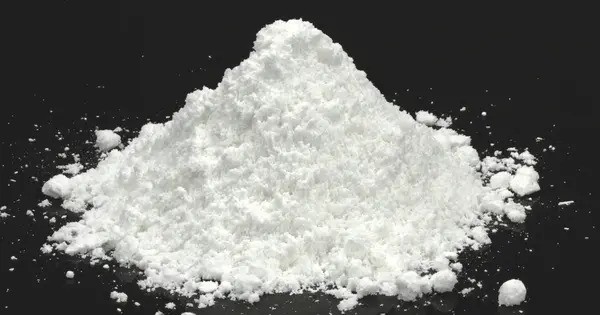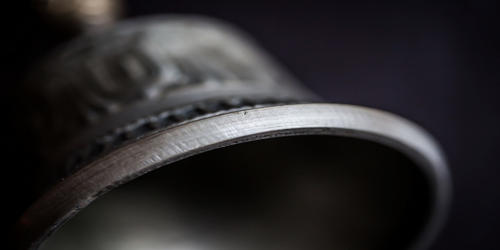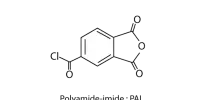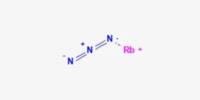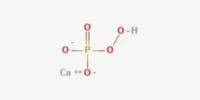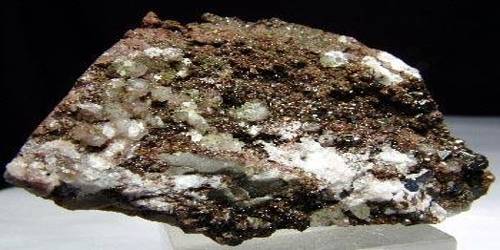Radium iodate is an inorganic compound, a salt of radium and iodic acid with the chemical formula Ra(IO3)2. It consists of a radium (Ra) ion bonded to two iodate (IO₃⁻) ions. Iodate ions are formed from iodine in an oxidation state of +5. While not a common compound in everyday chemistry, it is of interest due to its radioactive nature, owing to radium’s radioactivity.
Properties
Radium iodate forms colorless crystals. It is poorly soluble in water. In its solid form, radium iodate is typically a white or off-white crystalline substance. It is generally insoluble in water, like many iodate salts. Like most iodates, radium iodate is insoluble in water. However, it might dissolve in strong acids or under conditions that alter the chemical environment.
- Chemical formula: I2O6Ra
- Molar mass: 576 g·mol−1
- Appearance: colorless solid
- Solubility in water: 0.437 g/L (25 °C)
Synthesis
Radium iodate is obtained by the reaction of a soluble radium salt and potassium iodate:
RaCl2 + 2KIO3 → Ra(IO3)2 + 2KCl
Radioactivity
Radium is a highly radioactive element, and as such, radium iodate exhibits radioactivity. The specific isotopes of radium present will contribute to this, such as Ra-226, the most common isotope of radium, with a half-life of around 1,600 years. The radioactivity of radium iodate could make it hazardous and difficult to handle in large quantities.
Reactivity
Radium iodate can potentially react with reducing agents, leading to the formation of elemental iodine (I₂) and other iodine compounds. It may also react with alkaline substances, though its reactivity under typical conditions is relatively low.
Natural Occurrence
Radium iodate is not commonly found in nature. It is synthesized in laboratories under controlled conditions since radium itself is a rare element, generally occurring in uranium and thorium ores. Radium compounds, including iodates, might be produced artificially during the study or handling of radioactive materials.
Health and Safety
Due to the radioactive nature of radium, compounds like radium iodate are dangerous to handle. Exposure to radium can lead to severe health problems, including cancer and radiation poisoning. Radium emits alpha particles and gamma radiation, which can cause severe damage to tissues and increase the risk of bone cancers and other radiation-related illnesses.
Applications
- Research Purposes: Radium iodate and other radium compounds have limited applications in scientific research, particularly in studies related to radioactivity, radiochemistry, and the behavior of radium in different chemical environments.
- Historical Use: Historically, radium was used in medical treatments and in products like luminous paints for watches, clocks, and instrument dials. However, due to its dangerous radioactivity, these uses have been discontinued.
